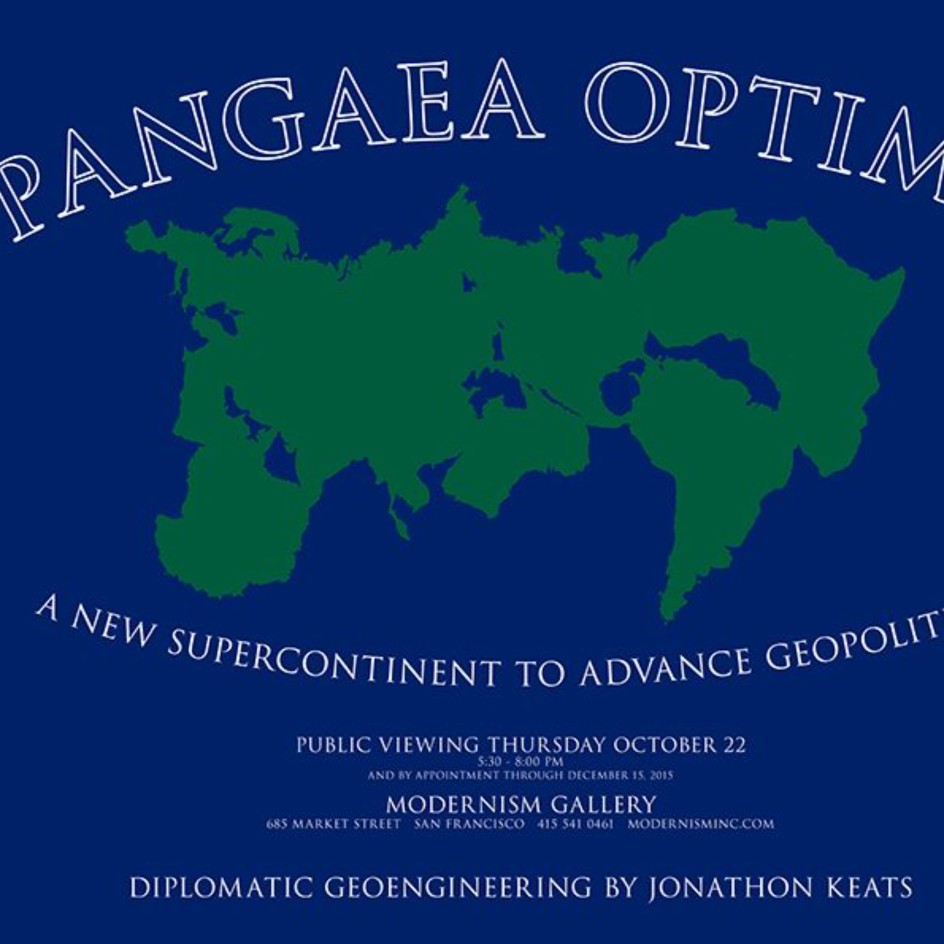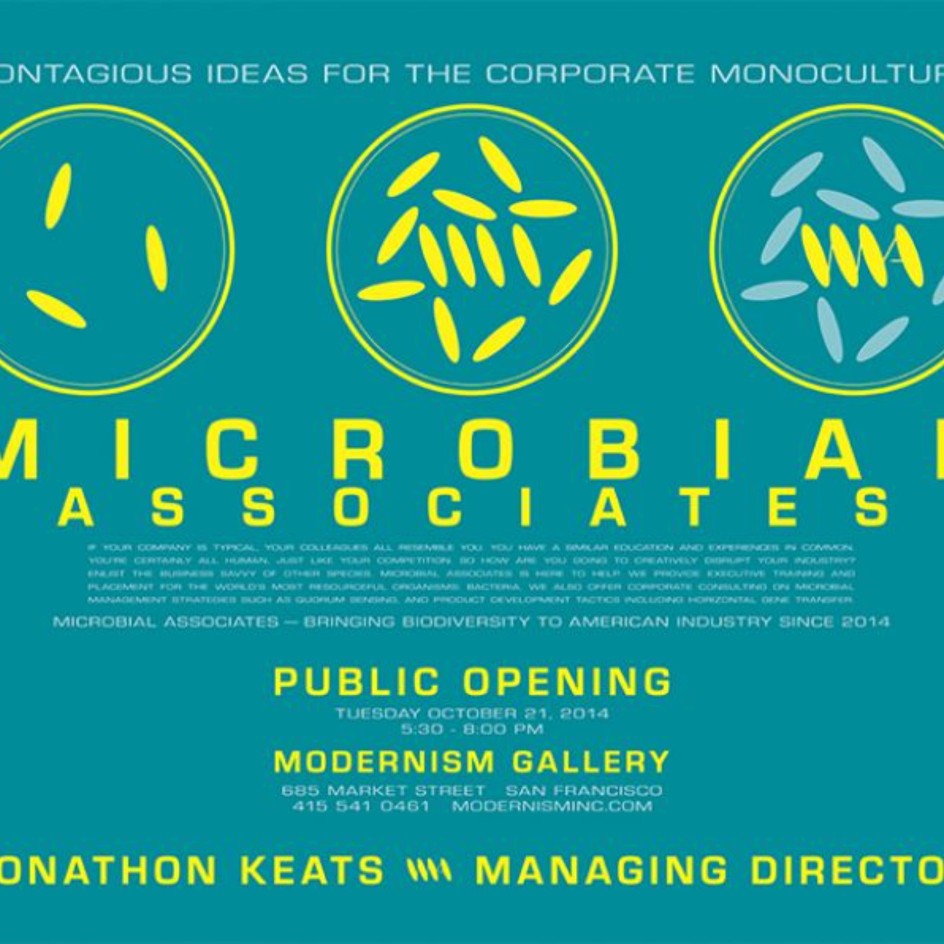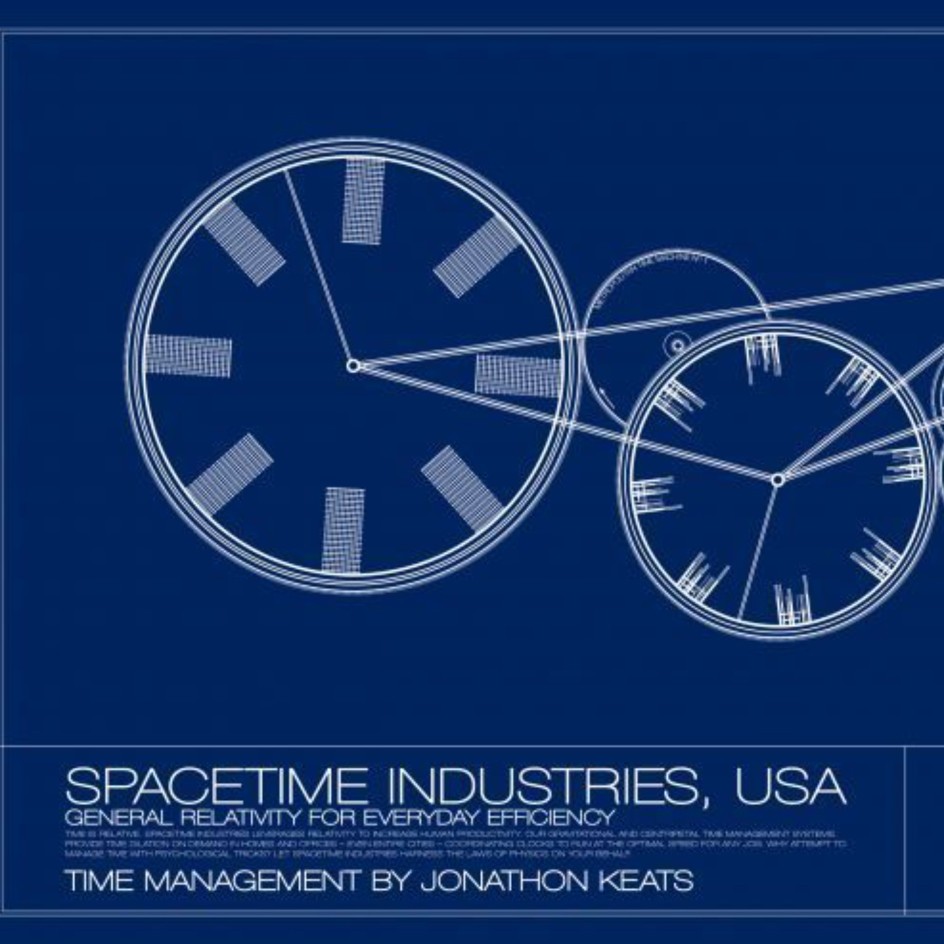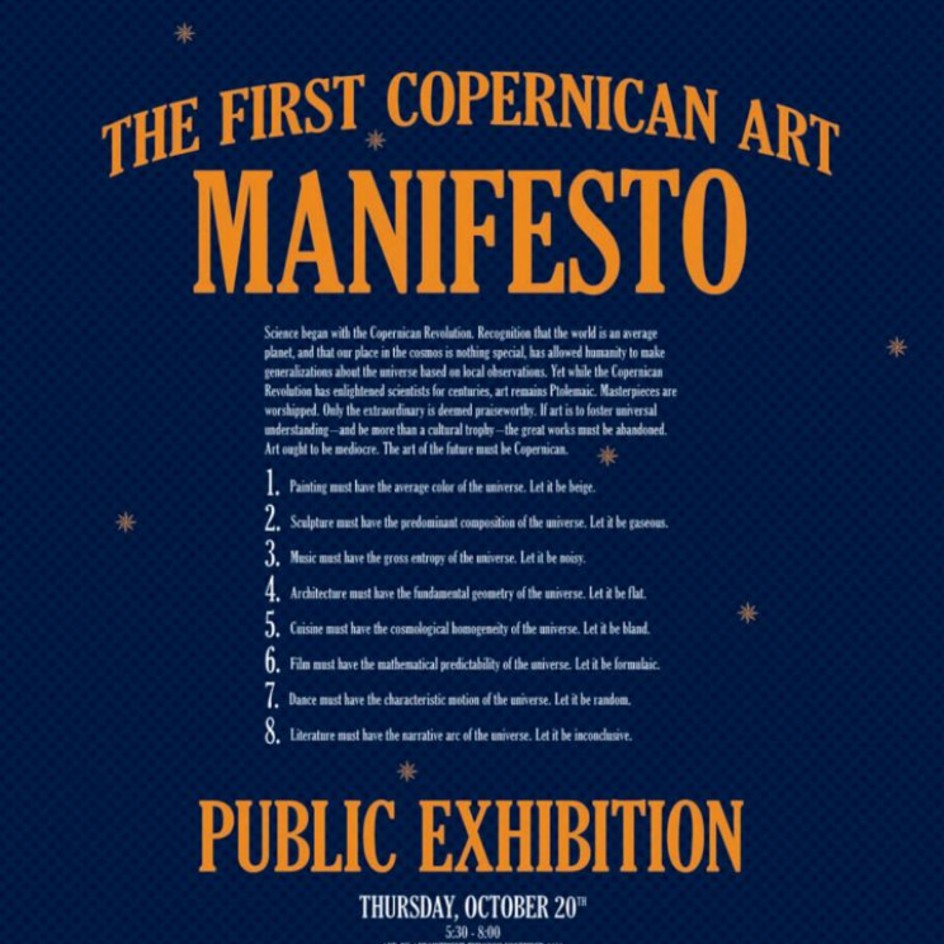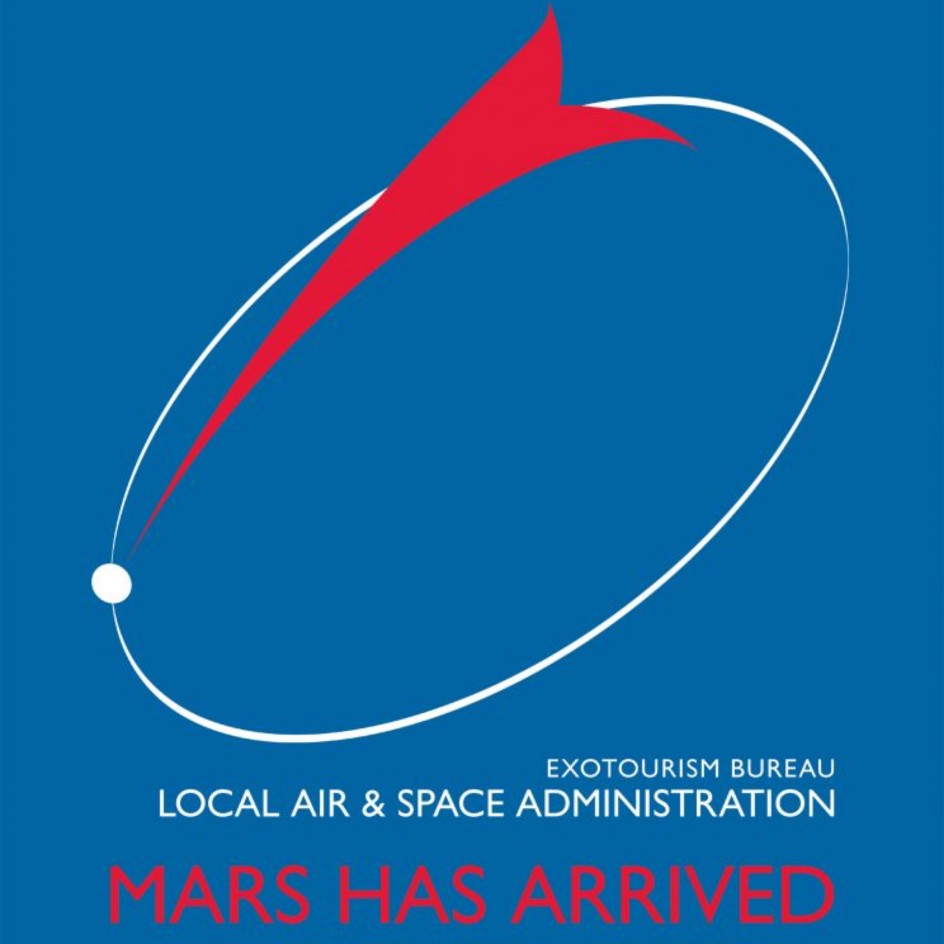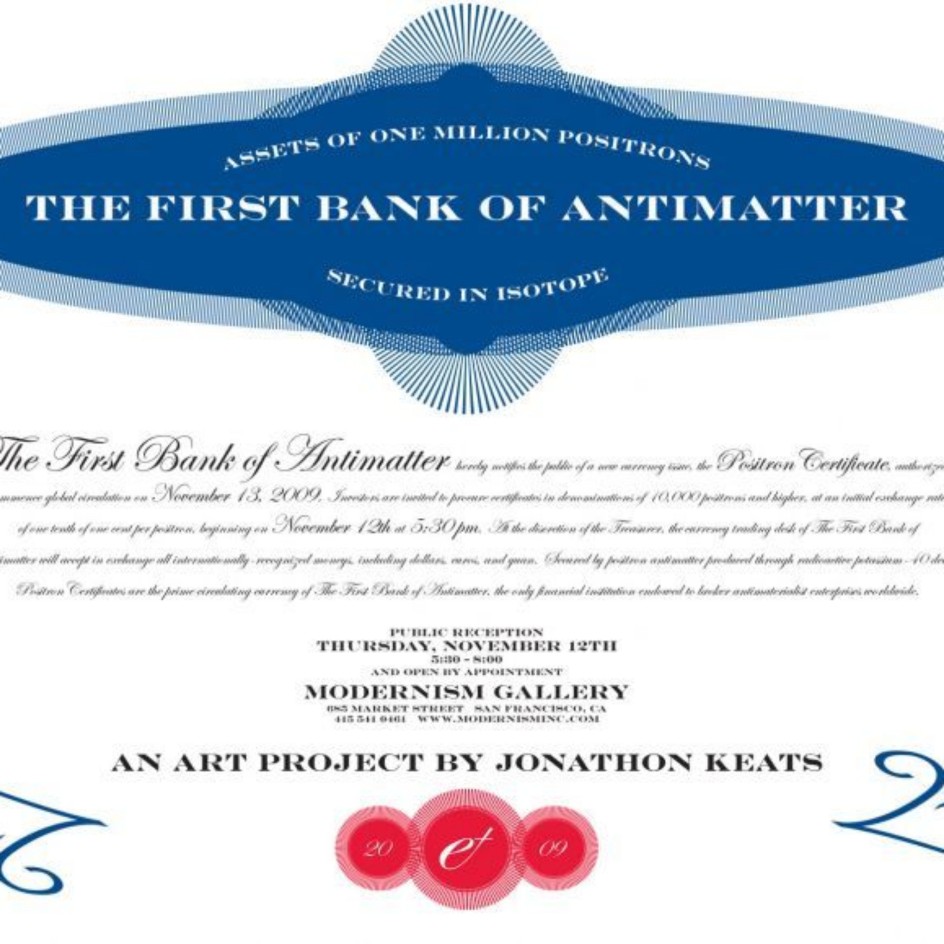Jonathon KEATS
The Library of the Great Silence
March 10, 2022 and by appointment
Public Opening Thursday, March 10, 2022, 5:30-8pm. Proof of vaccine and booster required for entry.
Summary
FOR IMMEDIATE RELEASE
NEW SETI LIBRARY INVITES BEINGS THROUGHOUT THE UNIVERSE TO FIX OUR AILING PLANET
The Library of the Great Silence Will Collect Material Evidence Of Existential Threats – Headquarters Planned For Mt. Lassen In Collaboration With The SETI Institute – The Public Is Invited To A Special Launch Event At San Francisco’s Modernism Gallery On March 10th
March 2, 2022 – Searching the cosmos for extraterrestrial intelligence over the past hundred years, humans have been met with silence, leading scientists to fret that intelligence may cause extinction. A new research center will investigate existential threats to advanced civilizations – ranging from climate change to nuclear apocalypse – inviting terrestrials and beings throughout the universe to share their knowledge of how societies thrive or self-destruct.
The Library of the Great Silence is the first organization to lay groundwork for intellectual collaboration between all forms of intelligence. “We believe that the greatest questions can be answered only if we open our doors to everyone, learning from the lived experience of every culture and planet,” says experimental philosopher Jonathon Keats, who has founded the organization in partnership with the SETI Institute, where he is currently an artist-in-residence.
“We believe that these big questions will be of interest to all,” Keats elaborates, emphasizing the urgency for terrestrials contending with environmental crisis and an abdication of leadership that the UN Secretary General has recently characterized as “criminal”. “We need to learn how our smarts and technologies become self-defeating – and to figure out how they can be turned around to save us.”
With a terrestrial headquarters planned for the SETI Institute’s Hat Creek Radio Observatory on Lassen Peak, the Library of the Great Silence will be optimally positioned to receive researchers and their insights from far and wide. “But we’re already working to set up branches wherever intelligent beings now gather,” says Mr. Keats, “beginning with local facilities focused mainly on providing resources for Earthlings”. To supply the world and the inner reaches of the Virgo Supercluster with pertinent reference materials, the library has partnered with Modernism Gallery in San Francisco, which will host a public launch event on the evening of Thursday, March 10th.
“It’s important to understand that we’re not distributing books,” says Mr. Keats, “let alone volumes of the Encyclopedia Britannica. Each branch of the Library of the Great Silence will have an archive of transformations presented in the most accessible form possible: Instead of texts, libraries will collect objects associated with transformational moments.” Subjects will include natural disturbances (instantiated in materials such as lava and meteorites and fossils of extinct species), and human impact (represented by artifacts ranging from handaxes and money to concrete and trinitite).
The universal accessibility of materials will be supported by a unique method of interaction for collaborative research, to be unveiled for the first time at Modernism. This system will allow participants to generate a shared language by which to communicate high-level concepts and correlations through the combination of objects and manipulation of associated symbols using 3D Venn diagrams and physical logic gates. All beings will be able to explore the causes and consequences of phenomena such as complexity and overreach, as well as phenomena for which humans do not yet have a name.
Acknowledging that interstellar exchange could take time – and that the latest IPCC report emphasizes the urgency of action – Mr. Keats argues that a material archive of transformations will have immediate worldly value. “Manipulating existentially significant objects without the use of words – and without the underlying assumptions of language or limitations on who participates in the conversation – can facilitate comprehension of human behaviors that has previously eluded us,” asserts Mr. Keats. “It may also directly encourage beneficial practices such as cooperation.”
In fact, the cooperative dimension of meaning-making has already been successfully prototyped at temporary branch libraries in both Italy and Hungary. The reach will be further expanded through volunteer infrastructure akin to Little Free Libraries and satellite branches based on the CubeSat design standard.
“The Library of the Great Silence is a collective undertaking, setting up the conditions by which we can learn from one another’s experiences, the more diverse, the better,” says Mr. Keats. “Even the process of choosing what a branch collects – deciding which objects are most existentially meaningful to a community – raises awareness of our precarious situation, inspiring greater responsibility.”
The Library of the Great Silence will hold a special launch event from 5:30 to 8:00 PM on Thursday, March 10, 2022 at Modernism Gallery, 724 Ellis St., San Francisco, CA. Visits to this universal repository for interstellar research on planetary futures can be arranged by appointment through the end of March. For more information about the event, call 415/541-0461 or email info@modernisminc.com. For more information about the Library of the Great Silence, visit https://www.seti.org/library-great-silence
Press Contact: jonathonkeats@gmail.com
About Jonathon Keats
Acclaimed as a “poet of ideas” by The New Yorker and a “multimedia philosopher-prophet” by The Atlantic, Jonathon Keats is an artist, writer and experimental philosopher based in the United States and Europe. His conceptually-driven transdisciplinary projects explore all aspects of society, adapting methods from the sciences and the humanities. He has exhibited and lectured at dozens of institutions worldwide, from the Los Angeles County Museum of Art to Stanford University to the Triennale di Milano, and from SXSW to CERN to UNESCO. He is the author of six books on subjects ranging from science and technology to art and design – most recently You Belong to the Universe: Buckminster Fuller and the Future, published by Oxford University Press – and is the author of a weekly online art and design column for Forbes. He has been an artist-in residence at the Fraunhofer Institute for Building Physics, UC Berkeley's Sagehen Creek Field Station, and the LACMA Art + Technology Lab, a Black Mountain College Legacy Fellow at the University of North Carolina-Asheville, an Imaginary Fellow at Arizona State University’s Center for Science and the Imagination, and a Research Fellow at the Nevada Museum of Art's Center for Art + Environment. He is currently a visiting scholar at San Jose State University’s CADRE Laboratory for New Media, a research associate at the University of Arizona’s Desert Laboratory on Tumamoc Hill, consulting philosopher at Earth Law Center, a Polar Lab artist at the Anchorage Museum, a Flux Exchange Artist at Flux Projects, and an artist-in-residence at Hyundai, the SETI Institute, and UC San Francisco’s Memory and Aging Center. He serves as co-director of the Alien Hybrid Garden at Arizona State University, and curatorial director of the Museum of Future History in partnership with Museum of Tomorrow International. A monograph about his art, Thought Experiments, was recently published by Hirmer Verlag. He is represented by Modernism Gallery in San Francisco. www.modernisminc.com/artists/Jonathon_KEATS/
About the SETI Institute
Founded in 1984, the SETI Institute is a non-profit, multi-disciplinary research and education organization whose mission is to lead humanity’s quest to understand the origins and prevalence of life and intelligence in the universe and share that knowledge with the world. Our research encompasses the physical and biological sciences and leverages data analytics, machine learning, and advanced signal detection technologies. The SETI Institute is a distinguished research partner for industry, academia, and government agencies, including NASA and the National Science Foundation.
RELATED PRESS:
Press
Jonathon KEATS
Atmospheric Almanac
2020-08-25
Jonathon KEATS
TIME Space Newsletter
2019-09-10
Jonathon KEATS
Fast Company Profile
2019-09-03
Jonathon KEATS
Press Release: PIONEERS OF THE GREATER HOLOCENE
2019-08-20
Jonathon KEATS
Press Release: Intergalactic Omniphonics
2018-07-05
Jonathon KEATS
Press Release: The New Look of Neuroscience
2017-03-03
Jonathon KEATS
EPIC GEOENGINEERING SCHEME TO COUNTER CLIMATE CHANGE WITH NEW SUPERCONTINENT
2015-10-22
Jonathon KEATS
Fast Company
2015-10-21
Jonathon KEATS
San Jose Mercury News
2015-10-20
Jonathon KEATS
Grist
2015-10-19
Jonathon KEATS
WNPR
2015-10-18
Jonathon KEATS
Tech Insider
2015-10-17
Jonathon KEATS
Discovery News
2015-10-16
Jonathon KEATS
Big Think
2015-10-15
Jonathon KEATS
Discovery News: Should Silicon Valley Hire Microbes?
2014-09-27
Jonathon KEATS
Press Release: Microbial Associates 2014
2014-09-27
Jonathon KEATS
American conceptual artist Jonathon Keats photographs a city's century -- in a single shot
[original link]
2014-05-21
Jonathon KEATS
Jonathon Keats / fastcoexist.com
2013-09-17
Jonathon KEATS
Jonathon Keats | Spacetime Industries
2013-09-04
Jonathon KEATS
Epigenetic Cloning - Examiner Article
2012-11-09
Jonathon KEATS
WNPR interview
2012-10-04
Jonathon KEATS
Wired article
2012-10-04
Jonathon KEATS
Epigenetic Cloning Agency press release
2012-10-04
Jonathon KEATS
Jonathon Keats Press Release 2012 B
2012-09-20
Jonathon KEATS
Jonathon Keats Press Release 2012
2012-09-20
Jonathon KEATS
New Yorker Profile
2011-04-08
Jonathon KEATS
Good Magazine Profile
2011-04-07
Jonathon KEATS
Salon.com Interview
2011-04-06
Jonathon KEATS
Space.com Interview
2011-04-05
Jonathon KEATS
Jonathon Keats - Wikipedia
2011-04-04
Past EXHIBITIONS
2024
-
THE FUTURE DEMOCRACIES LABORATORY
GRAND OPENING: RESEARCH AND DEVELOPMENT SHOWROOM

-
The Library of the Great Silence
March 10, 2022 and by appointment

-
PIONEERS OF THE GREATER HOLOCENE
PUBLIC OPENING SEPTEMBER 5, 2019 5:30-8:00 PM AND BY APPOINTMENT
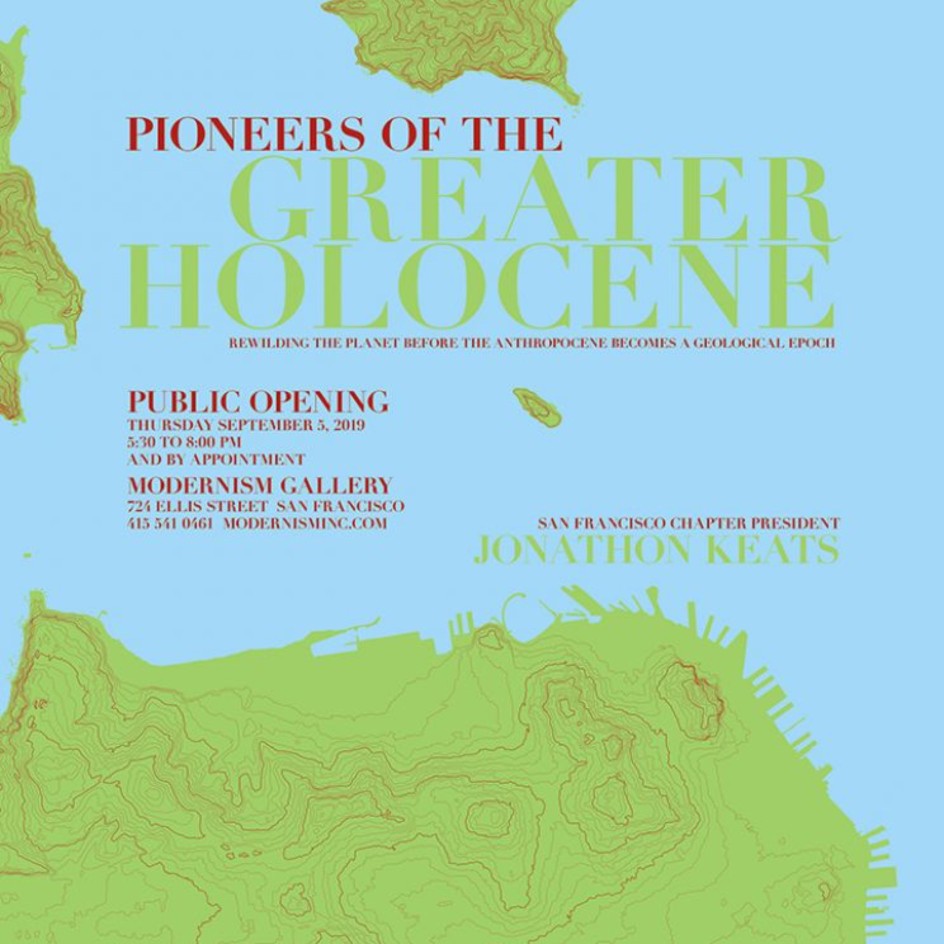
-
Intergalactic Omniphonics
Tuesday, July 24th, 5:30-8PM and by appointment

-
The New Look of Neuroscience
Thursday, March 16, 5:30-8PM and by appointment



